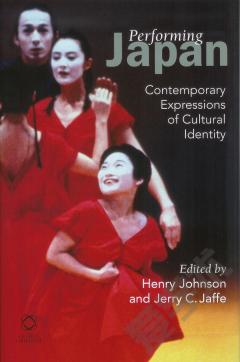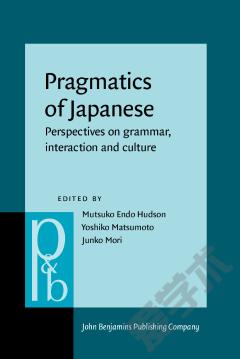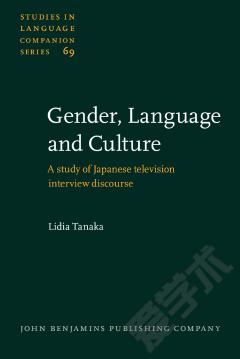Fluid Orality in the Discourse of Japanese Popular Culture.
This volume invites the reader into the world of pragmatic and discourse studies in Japanese popular culture. Through “character-speak”, the book analyzes quoted speech in light (graphic) novels, the effeminate onee kotoba in talk shows, narrative character in keetai (mobile phone) novels, floating whispers in manga, and fictionalized dialects in television drama series. Explorations into conversational interaction, internal monologue, rhetorical figures, intertextuality, and the semiotic mediation between verbal and visual signs reveal how speakers manipulate language in performing playful “characters” and “characteristics”. Most prominent in the discourse of Japanese popular culture is its “fluid orality”. We find the essential oral nature in and across genres of Japanese popular culture, and observe seamless transitions among styles and speech variations. This fluidity is understood as a feature of polyphonic speech initiated not by the so-called ideal singular speaker, but by a multiple and often shifting interplay of one’s speaking selves performing as various characters. Challenging traditional (Western) linguistic theories founded on the concept of the autonomous speaker, this study ventures into open and embracing pragmatic and discourse studies that inquire into the very nature of our speaking selves.
{{comment.content}}








 京公网安备 11010802027623号
京公网安备 11010802027623号